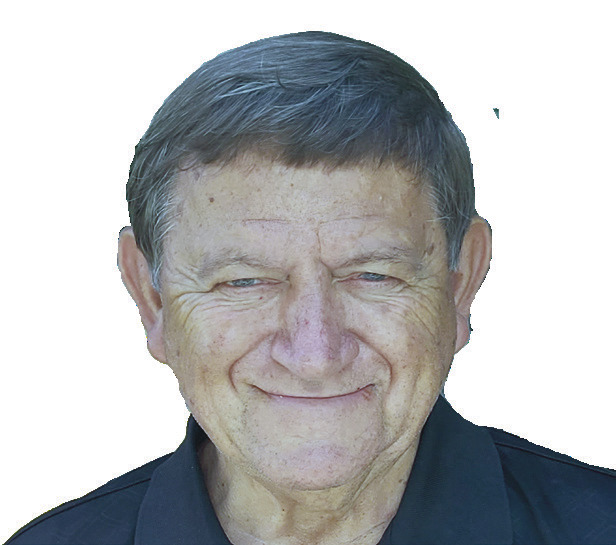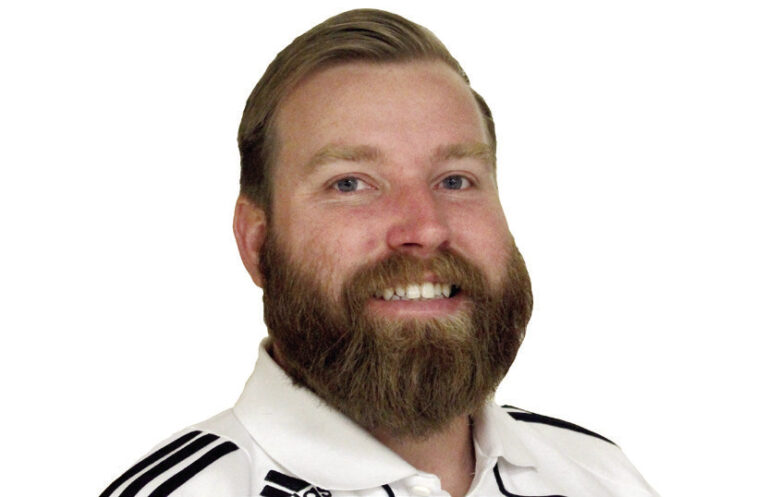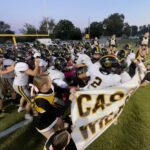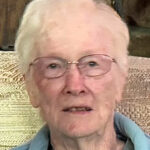Lynn Hilburn: History – Part IV — What’s in a name

There have been several good books written about the history of Barry County and Cassville, including, but not limited to, Goodspeed’s 1888 History of Barry County, Nerva Brock England’s History of Barry County, Missouri and Emory Melton’s “The First 150 Years in Cassville, Missouri”, but I’m trying to look at things from a little bit different angle.
This account of the history of Barry County is a different way of looking at history. I’m trying to tell the story of how things were located where they are, named what they are and why things are the size that they are before we get down to the actual story of people doing things.
Before I get started though I need to correct a typo in my last installment – “Barry County History Part Three,” my typo not Kyle’s.
The article states that Sitting Bull is someone that I would not have liked to have met, but this is incorrect, I very much would have liked to have met a man smart enough to engage in such large battles with the land grabbing, imperialist white settlers, and then, less than 10 years later be making (good) money off of them. I’m very proud of my Indian heritage. My having a little bit darker skin has probably saved me many hundreds of dollars in sunscreen over the years. Remember, if we are not at least 50% Native American Indian or Eskimo, then we really are immigrants also.
There is a continued influence of the American Indian over the state of Missouri and all of the states surrounding Missouri. Every state bordering the state of Missouri received its name from an Indian tribe or had some kind of Indian association.
Starting with the state of Illinois, the state was named by French explorer La Salle after the Illiniwek or Illini Indian tribe. Illini means Warrior, and Illinois is a plural form of Illini, meaning Warriors. Iowa or Ioway came from the French version Ayoua (Aw-oo-wa), which generally stood for “laid back persons”.
The name Nebraska came from a Missouria Indian word for flat water, which was basically the Platte River, because it spreads out so wide. Kansas, came from the Indian tribe known as Quapaw or Kaw or Kanza, meaning people of the South Wind, and Kansas was just the plural of Kansa, or Akansa.
Oklahoma, of course, stood for “land of the red people. The name Arkansas applied to the Arkansas River and derives from a French term, Arcansas, their plural term for their transliteration of Akansa. Arkansas, generally meant “downriver people”. The Missouria, the Otoe, the Illiniwek (the Illini), the Quapaw (the Kaw or Kanza, Kansa), the Ayoua (the Ioway), as well as the Osage Tribes were essentially a part of the great Sioux Indian congregation, because they spoke, or speak, the Dhegiha Siouan language.
Other words and names. Some people think Ozark was a mispronunciation of the Bois d’arc tree, but it is generally agreed, that the name came from the French trading post in the area called Aux Ark. Incidentally, do you know how the bois d’arc tree got the name bodark, and do you know why the Indians love this tree. Bois in French means Timber or tree. D’ means of or from. Arc of course means curved in architecture. So it became “tree of curve”, Bois d’ Arc. And, of course, Bodark is a lot easier to say than “Boyde- Ark”. Why was this important to the Indians and also why was it important to the French armies in earlier years. If you’ve ever had to try to cut a bodark tree, you know they are very tough, very hard. French armies and the Indians made weapons out of them, Longbows and spears, because they hardly ever broke.
Why were there three different county seats for Barry County? The US government did have a law or a requirement that, for access purposes, the county seat had to be within six miles of the center of the county. So, when the county was large and reached almost to the western Missouri state line, in 1835 the county seat was located in a community called Mount Pleasant just West of Pierce City. When the western part of the county was taken away circa 1841, the county seat was moved to McDonald or McDowell. When part of the eastern part of Barry County was taken away to enlarge Stone County and Lawrence County, there had to be another change in county seat. The established town of Washburn, or Keetsville, was in the running, but they were just a little bit too far south.
It was on June 6, 1845, that the Barry County Court, meeting in regular session at the then county seat of McDowell, finally decided to locate the seat of justice at a town to be established at about the center of Barry County on Flat Creek. An order was made, naming it “Cassville,” after the Michigan statesman, General Lewis Cass, and directing that the new town be surveyed and laid out. At the time, only one house stood on the town-site, that of William Kerr, and the seat of justice was established in it.
Size matters: Have you noticed that most counties are about 30 miles square? The primary reason for this was so that none of the family farms were more than about 22 miles away from the county seat, and a good team of horses could pull a buggy about 20 miles in four hours. Therefore, they could go to the county seat, do their business and return home for chores all in one day. And a young man on a good horse could make it to town in about an hour and a half on “date” night.
Another size matters situation: Have you ever wondered why there were approximately 100 rural elementary schools in Barry County? As we stated before, one section near the center of a Township was usually designated as a school site. Remembering that a Township was/is 6 miles square, the problem was that for some families, it would be a little over four miles to the school and with kids walking three miles an hour, it would take them an hour and a half to get home. They didn’t have time to get their chores done. The school board and the community leaders decided it was better to have a one acre or two acre school sites that the kids could walk to in less than 40 minutes, than it was to have one 640 acre site. Most of these schools existed and served well for almost 100 years and educated many of our older Barry Countians. I attended two of them myself.
Next time we’ll start talking about people and events.
Lynn Hilburn is an officer in the Barry County Genealogical and Historical Society, and invites all to come and join meetings, to provide information about their families or to look up information about their families. Hilburn may be reached at hlhilburn@hotmail.com.





